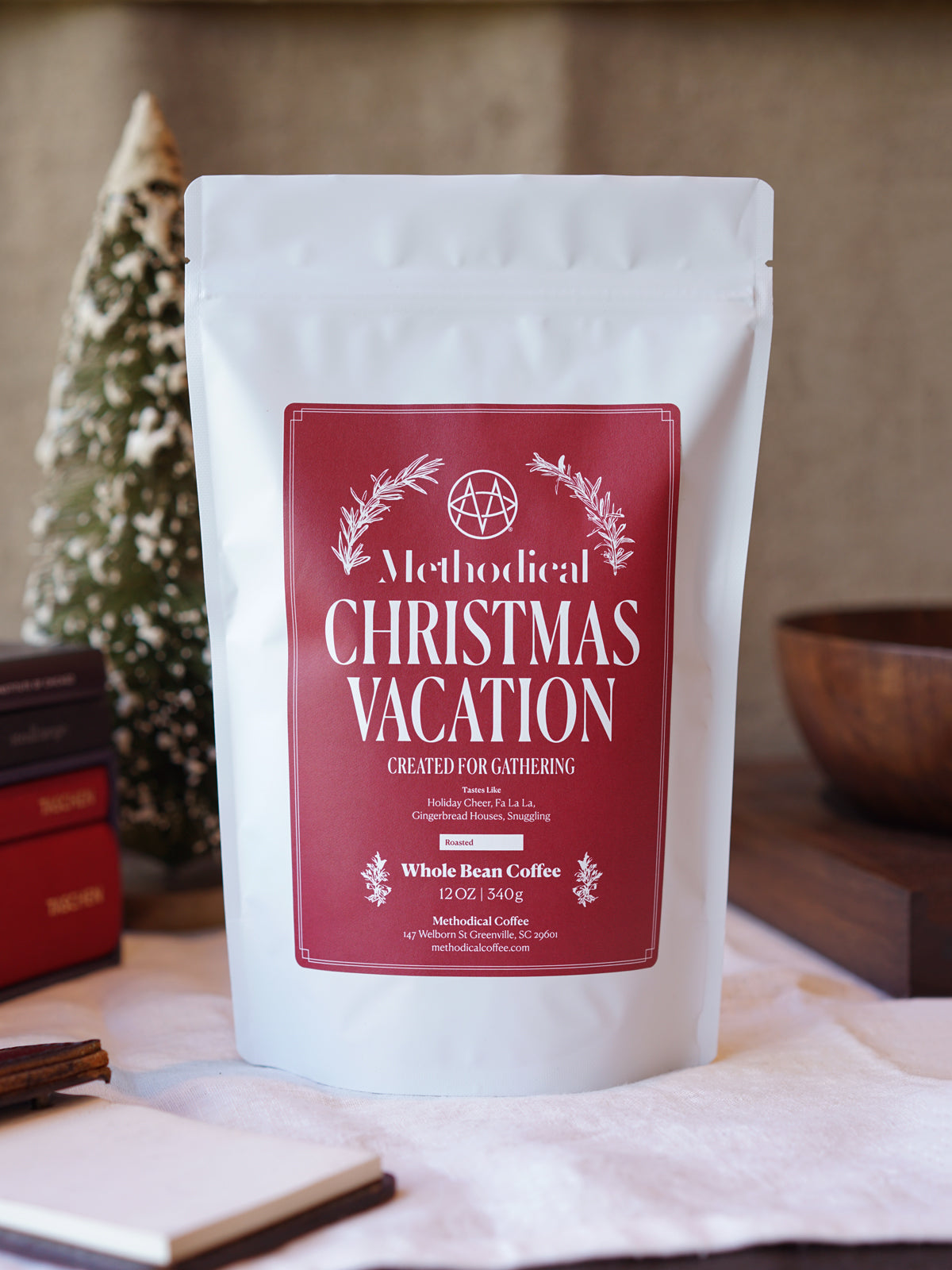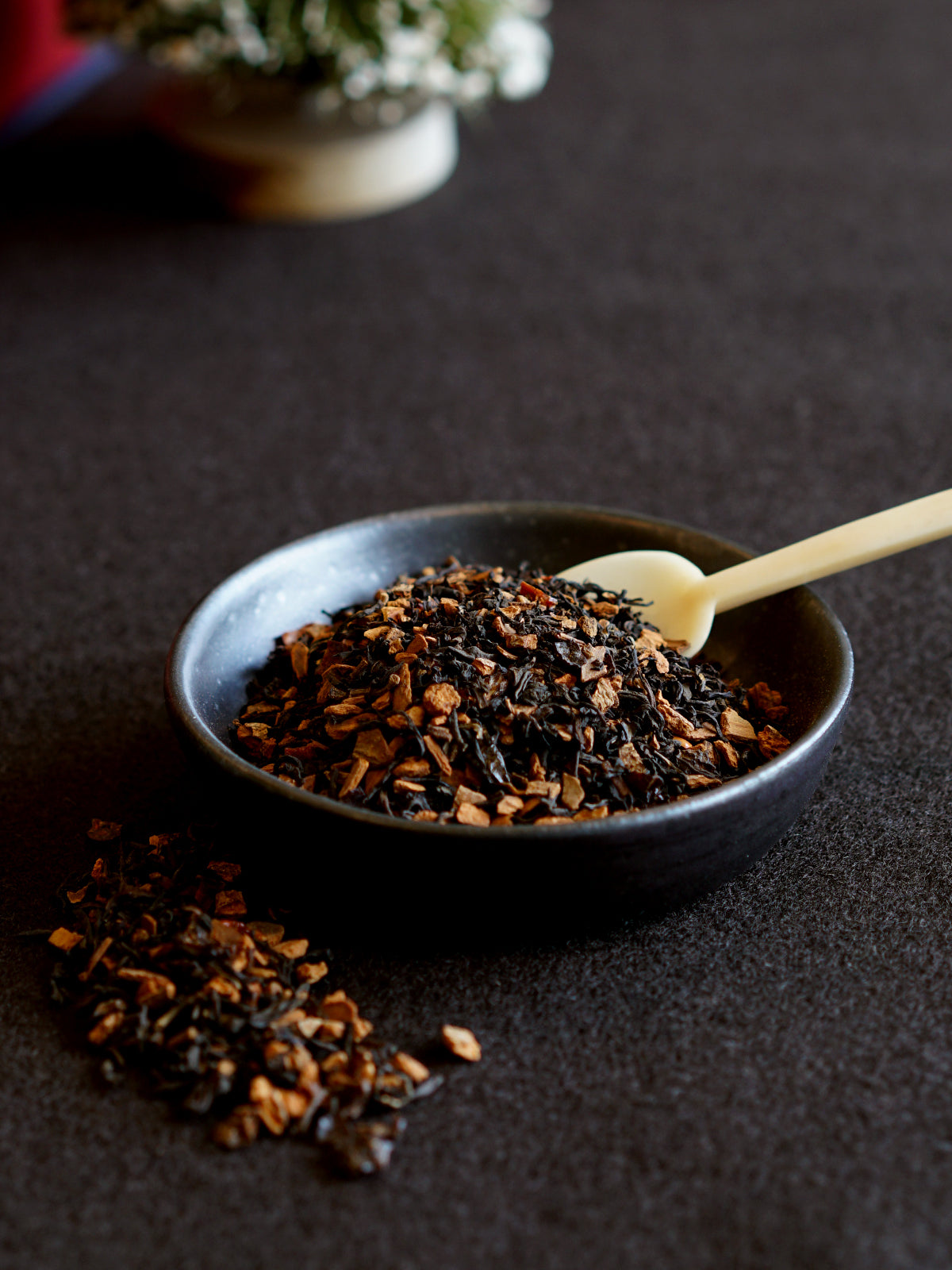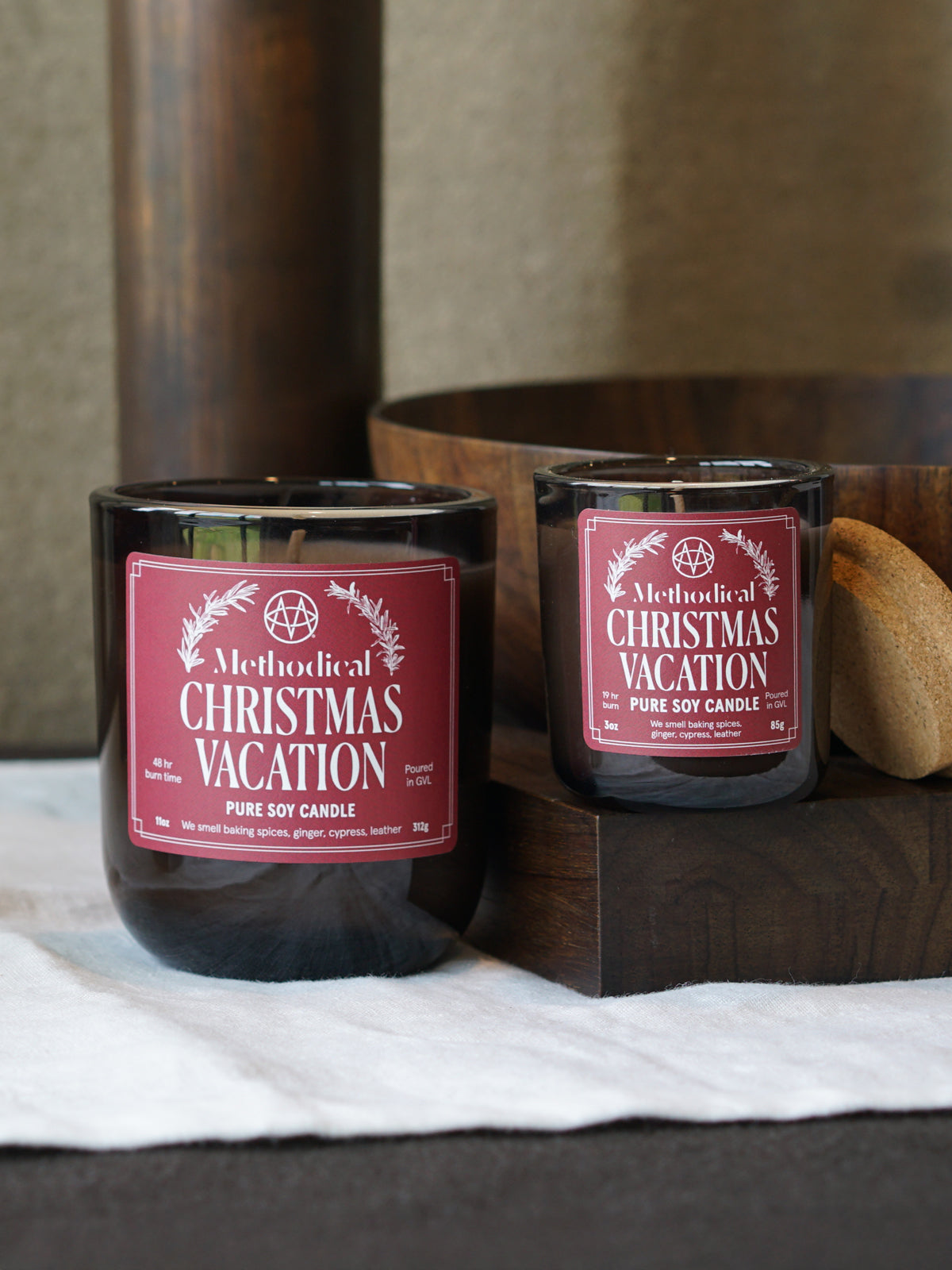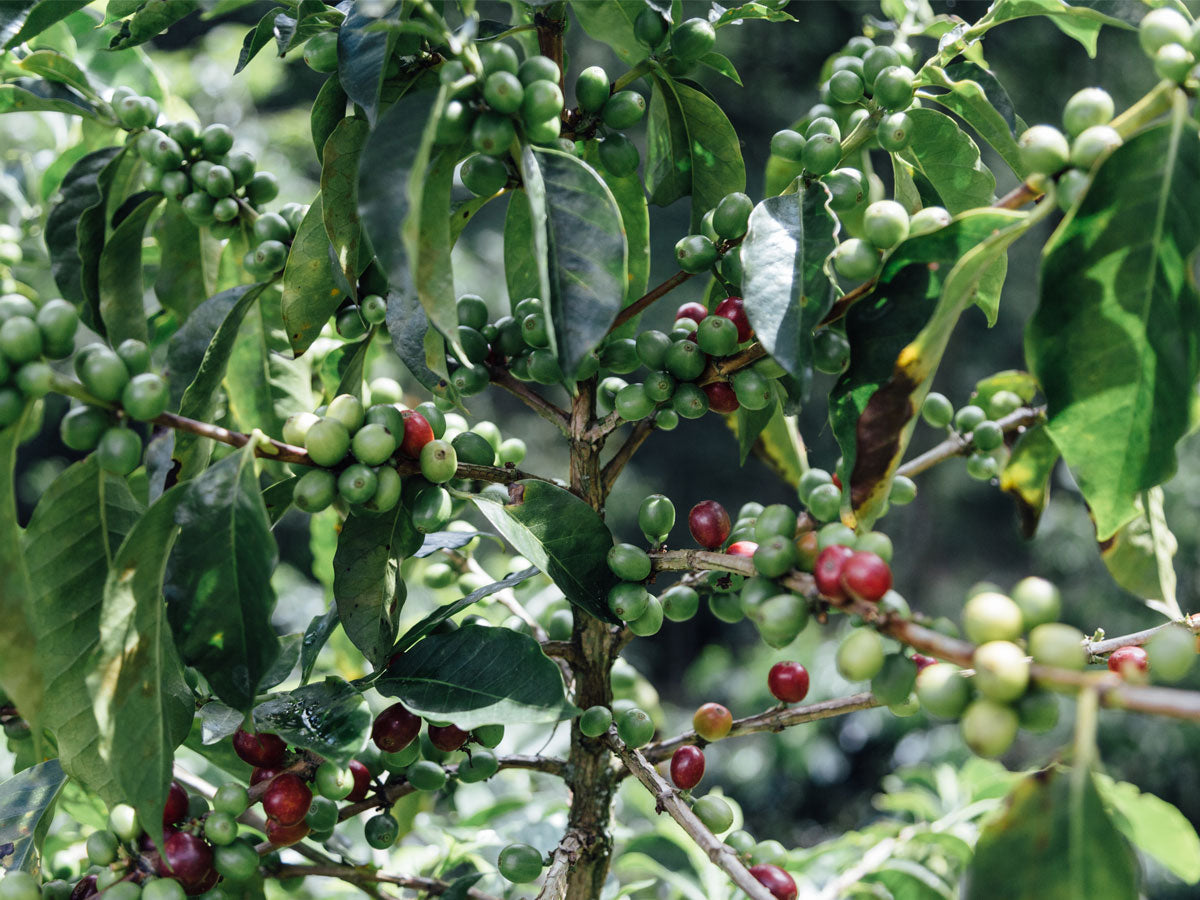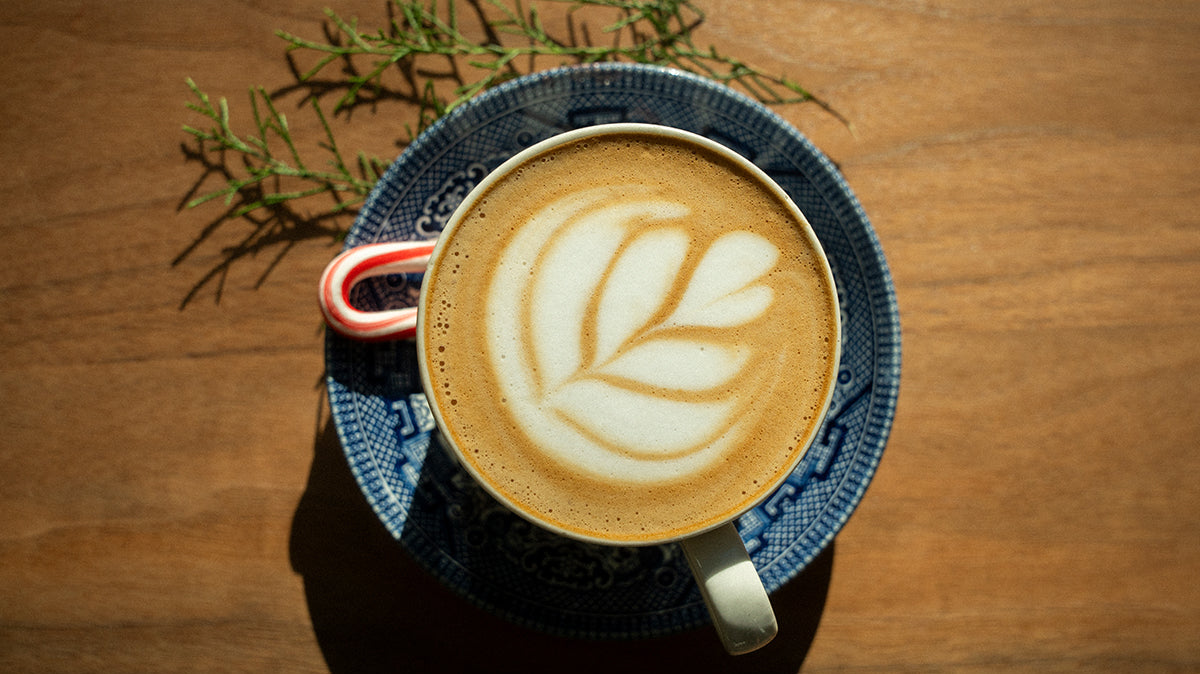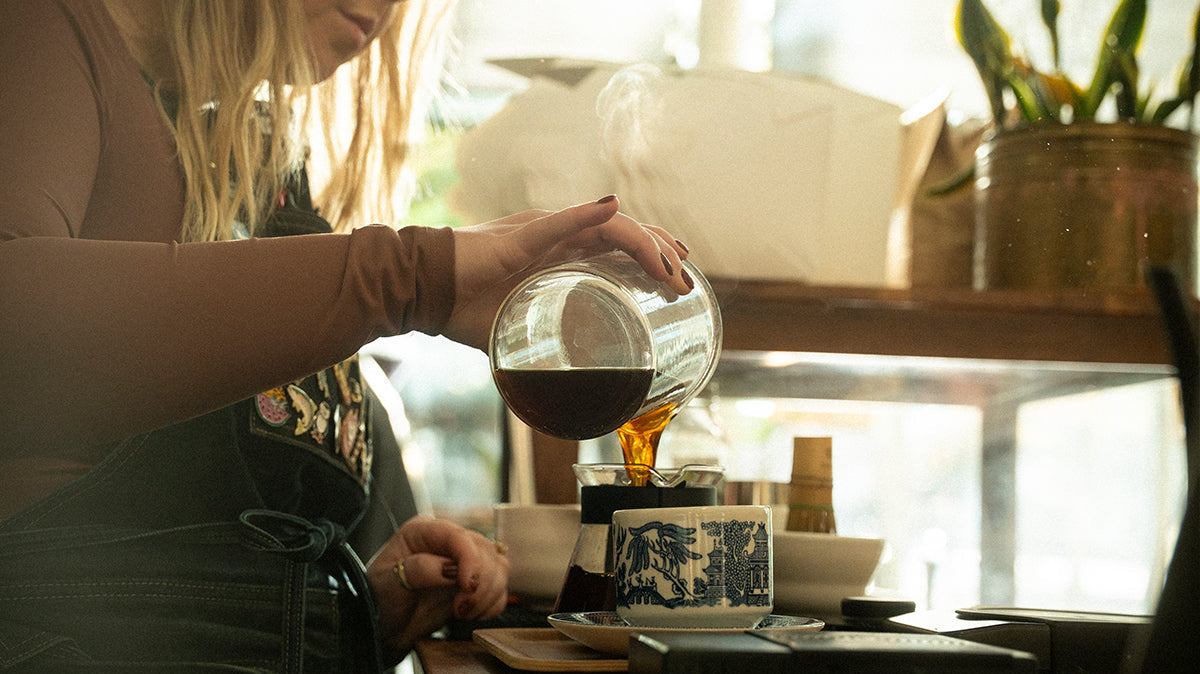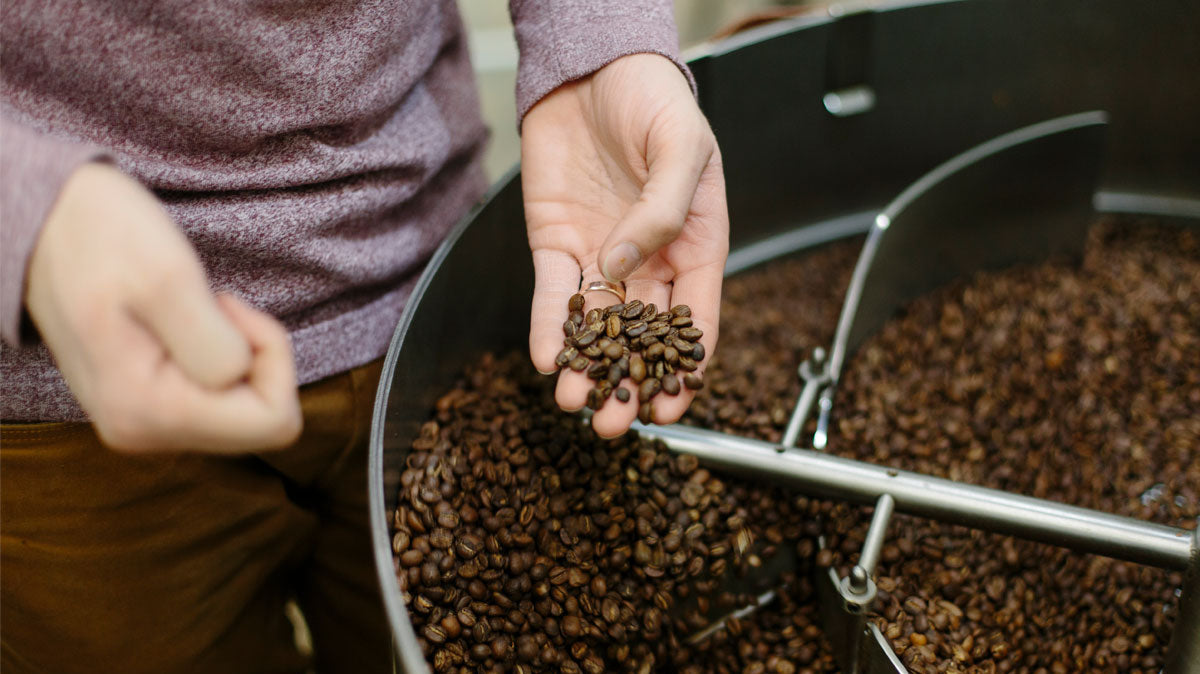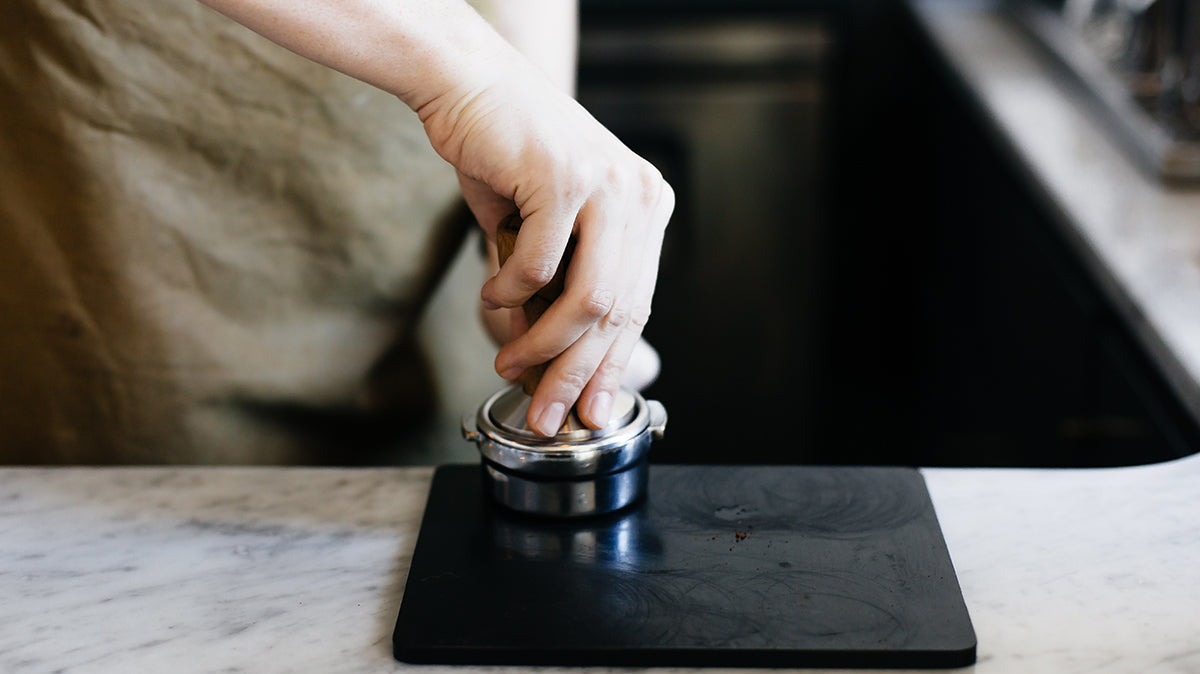Ever wondered what makes your morning cup of coffee taste the way it does? The answer might lie in the type of coffee bean used – Arabica or Robusta. These two beans, while both producing coffee, have distinct characteristics that influence flavor, aroma, and even caffeine content. Whether you're experimenting with brewing techniques or simply curious about what makes your cup special, this guide will guide you through the distinct characteristics of arabica and robusta beans, helping you discover which one best suits your taste preferences and coffee rituals.
Coffee Beans Come From Where?!
Coffee beans come from the seeds of the fruit (called cherries) of coffee plants, which are primarily grown in tropical regions around the world. These plants belong to the genus Coffea and typically thrive in the "Coffee Belt," a zone around the equator between the Tropics of Cancer and Capricorn.
There are several different species and varieties of coffee beans, each with its own unique flavor profile. The two main species of coffee plants cultivated for commercial coffee production are:
- Coffea arabica (arabica): Known for producing higher-quality coffee with a milder, more complex flavor. Arabica beans comprise about 60–70% of the world’s coffee.
- Coffea canephora (robusta): More robust and resistant to diseases, but with a stronger, more bitter flavor. Robusta beans account for about 30–40% of global coffee production.
What’s Arabica Coffee?
Arabica coffee is made from beans that come from the plant species Coffea arabica, one of the most popular and widely consumed coffee varieties in the world. The flavor profile of arabica coffee is similar to that of fruit, chocolate, and florals, sometimes with hints of brown sugar. Arabica beans are also very fragrant, even before roasting, giving off that classic coffee smell.
Arabica coffee accounts for around 60-70% of the global coffee production. Arabica beans are grown primarily in regions with high altitudes, tropical climates, and specific conditions that support their growth. You can find arabica beans in most of the major coffee-producing countries, particularly in Central and South America, Ethiopia, and other parts of Africa.
What’s Robusta Coffee?
Robusta coffee is made from coffee beans that come from the Coffea canephora plant, which is the second most popular coffee species after arabica. Robusta beans are known for their strong, bold flavor and higher caffeine content, regularly used in espresso blends and instant coffee due to their deep, rich taste. Robusta beans are stronger, more bitter, and harsher compared to arabica. It has earthy, nutty, and sometimes woody or chocolatey notes and lacks the sweetness and complexity of arabica.
Because of its hardy nature and lower production costs, robusta is sometimes used in cheaper coffee blends, instant coffee, and espresso for its strong body and crema (the thick foam layer on top of espresso shots). While it’s not as widely consumed on its own as Arabica, it plays an important role in adding intensity and body to a lot of coffee blends.
Arabica Beans vs. Robusta Beans
Coffee is coffee, right? Turns out that these two bean types are incredibly different. Here are some of the key differences between arabica and robusta beans.
Growing Conditions
Arabica – higher elevations, cooler temperatures
Arabica is grown at higher elevations (between 2,000–6,000 feet) and requires more care, which is why it is generally more expensive.
Robusta – lower elevations, tropical climates
Robusta coffee beans are typically grown in regions with lower altitudes, hotter climates, and more tropical conditions compared to arabica beans. Robusta plants are hardier and can withstand harsher environments, including higher temperatures and more pests, making them more adaptable to different growing conditions.
Cost
Arabica – more expensive
Arabica is more expensive due to its higher cultivation costs, being a more delicate crop, and specific growing conditions.
Robusta – less expensive
Robusta is typically less expensive to grow and process, making it a popular choice for budget coffee products, instant coffee, and blends.
Caffeine Content
Arabica – 1.2-1.5% caffeine
Arabica contains less caffeine than robusta beans, usually about 1.2–1.5%. Lower caffeine content makes Arabica coffee milder and less bitter, which is one reason it's used for higher-end coffees. Its refined flavor means it's ideal for brewing methods that focus on subtle flavor nuances, like pour-over, cold brew, and French press.
Robusta – 2.2-2.7%
Robusta contains significantly more caffeine than arabica, usually around 2.2–2.7%,. The higher caffeine level contributes to Robusta’s bitterness and more robust flavor. This makes it suitable for espresso, which benefits from the stronger body and crema that robusta adds to the blend. Robusta is also widely used in instant coffee for its strong taste and high caffeine boost.
Flavor Profile
Arabica – notes of fruit, sugar, chocolate, florals
Arabica is typically sweeter and more nuanced, with notes of fruit, sugar, chocolate, and florals. With a balanced and more complex flavor profile, this makes arabica beans best suited to be enjoyed on their own, like in freshly brewed coffee.
Robusta – bitter, earthy, nutty, dark chocolate
Robusta beans are stronger, more bitter, and more acidic compared to arabica beans. These beans have earthy, nutty, and sometimes woody or chocolatey notes. Coffee made from robusta beans sometimes lacks the sweetness and complexity of arabica.
Aroma
Arabica – fragrant, classic coffee scent
Arabica beans are fragrant and pleasant. When you think of that classic coffee smell, that’s arabica coffee.
Robusta – slightly harsh, notes of rubber
Robusta is often described as more neutral or even slightly harsh compared to the fragrant aroma of arabica. Some even describe the aroma of robusta coffee as similar to burnt rubber.
Typical Roast Level
Arabica – light, medium
Arabica beans are generally roasted lighter to medium to preserve the delicate flavors and aromas. Specialty coffee roasters focus on bringing out Arabica’s unique, nuanced notes through careful roasting techniques that can be elevated by different brewing methods.
Robusta – medium, dark
Often roasted darker to mellow its bitterness and bring out deeper, earthier tones. A darker roast helps soften its rough edges, making it more palatable, especially in espresso blends or instant coffee.
Applications
Arabica – pour over, drip, single-origin
Arabica beans are primarily used for brewing premium coffee. They’re popular for single-origin coffees, light and medium roasts, and are favored by specialty coffee shops for pour-over, drip coffee, and other brewing methods that emphasize flavor complexity.
Robusta – espresso, instant coffee, blends
Robusta is commonly used in instant coffee, espresso blends, and affordable coffee products. It’s regularly blended with arabica in espresso to add body, crema (the golden layer of foam on top of espresso shots), and intensity. Because of its strong, bold flavor, robusta is less commonly consumed as a single-origin coffee but plays an important role in coffee blends for its caffeine boost, solubility, and robustness.
Cultivate Your Coffee Palate
As a budding coffee connoisseur, understanding the differences between arabica and robusta beans will enhance your appreciation for this beloved beverage. Arabica's smooth, complex flavors and robusta's bold, robust characteristics each offer their own unique tasting experience. By exploring these distinctions, you can better tailor your coffee choices to match your personal taste and brewing style.
Whether you prefer the delicate notes of arabica or the intensity of robusta, we’ve got the coffee for you! If you’re looking for a complex arabica coffee, try our Colombia, Landmark. If you want something a bit more powerful, check out our India, Hulikere Estate. Or, you can try a bit of everything with a Methodical Coffee subscription! The possibilities are endless–and the choice is all yours.
You might also like:
